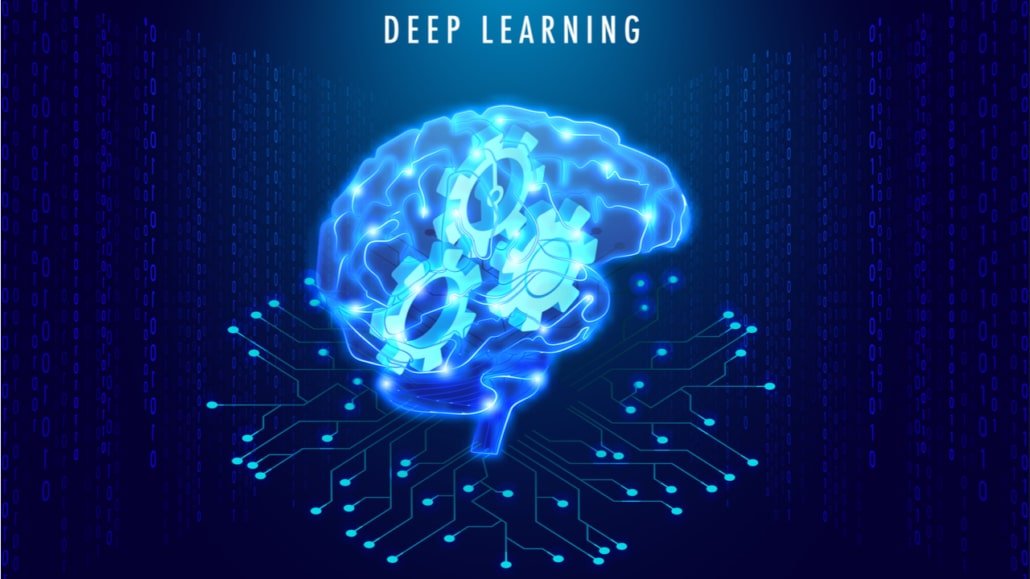Subtotal $0.00
 Deep learning
Deep learningDeep learning is a subset of machine learning that uses multilayered neural networks, called deep neural networks, to simulate the complex decision-making power of the human brain. Some form of deep learning powers most of the artificial intelligence (AI) applications in our lives today. The chief difference between deep learning and machine learning is the structure of the underlying neural network architecture. “Nondeep,” traditional machine learning models use simple neural networks with one or two computational layers. Deep learning models use three or more layers—but typically hundreds or thousands of layers—to train the models.


Used for image recognition and processing, CNNs are a type of feedforward neural network that can learn spatial features in images. They're used in many applications, such as facial recognition, object detection, and image classification.

Used for natural language processing and speech recognition, RNNs store the output of a layer and feed it back into the input to predict the layer's results. The main and most important feature of RNN is its Hidden state, which remembers some information about a sequence.

GANs are a pair of neural networks that are trained together to generate realistic synthetic data, such as images, audio, and text. The Generator attempts to fool the Discriminator, which is tasked with accurately distinguishing between produced and genuine data, by producing random noise samples.

A type of RNN, LSTM networks have memory cells and gates that allow them to retain or forget information over time. They're used in speech recognition, natural language processing, time series analysis, and translation.
